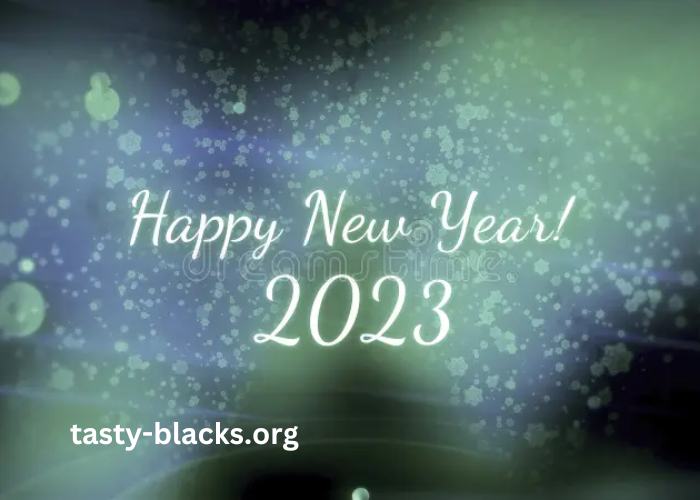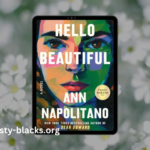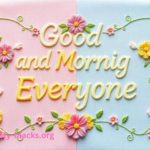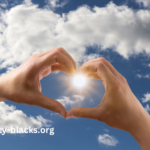The arrival of a new year is a universally celebrated occasion that holds profound significance across cultures. Happy New Year embodies the hope and excitement of fresh beginnings, a time when people worldwide reflect on the past year and set intentions for the future. The traditions associated with this celebration vary significantly, from fireworks lighting up the night sky to intimate family gatherings. In this article, we will explore the multifaceted dimensions of Happy New Year, examining its cultural importance, historical roots, and the myriad ways it is celebrated around the globe.
What Are the Historical Origins of Happy New Year?
The history of Happy New Year stretches back thousands of years, with ancient civilizations marking the passage of time in various ways. The earliest recorded celebration dates back to the Babylonians, who observed the new year during the vernal equinox in March. This celebration was deeply rooted in agriculture, symbolizing renewal and the planting of crops.
As civilizations evolved, so did the methods of marking the new year. The Romans established January 1 as the official start of the new year, a decision influenced by the worship of Janus, the god of beginnings and transitions. This tradition of celebrating Happy New Year on January 1 has since spread and become a widely recognized global event.
In modern times, Happy New Year has become synonymous with celebration, reflection, and hope. Different cultures have incorporated their unique traditions, making the event rich with diversity and significance.
How Do Different Cultures Celebrate Happy New Year?
Celebrations of Happy New Year differ dramatically around the world, reflecting the cultural heritage and values of various societies. For instance, in many Western countries, the evening of December 31 is marked by parties, fireworks, and countdowns to midnight. This vibrant celebration often includes traditional foods, music, and dancing, creating an atmosphere of joy and camaraderie.
In contrast, countries like China observe the Lunar New Year, which varies each year based on the lunar calendar. Celebrations can last up to 15 days and involve family reunions, elaborate feasts, and the exchange of red envelopes filled with money. The significance of family and prosperity is at the heart of these traditions, highlighting the unique cultural values associated with the new year.
Similarly, in India, Happy New Year is celebrated through various regional festivals, such as Diwali and Ugadi, each with its own rituals and customs. The diverse ways in which cultures celebrate Happy New Year reflect the universal desire for renewal and hope while celebrating unique traditions.
What Are Common Traditions Associated with Happy New Year?
Many traditions are commonly associated with Happy New Year, each carrying its own significance. One prevalent custom is the act of making resolutions. Individuals often reflect on their lives and set goals for self-improvement in the coming year. This practice encourages introspection and personal growth, reinforcing the idea of the new year as a fresh start.
Another popular tradition is the celebration with fireworks. Cities around the world illuminate the night sky with spectacular displays, symbolizing joy and the promise of new beginnings. These displays are often accompanied by music and festivities, creating a communal atmosphere of celebration.
In addition, many cultures incorporate special foods into their celebrations. For example, in Southern United States traditions, black-eyed peas are eaten for good luck, while in Japan, people consume toshikoshi soba, symbolizing the crossing over from one year to the next. These culinary customs add flavor and meaning to the Happy New Year celebrations, highlighting the importance of food in bringing people together.
Why Is Reflection Important During Happy New Year?
As the year comes to a close, reflection becomes a vital component of the Happy New Year celebrations. Taking time to consider the past year’s events allows individuals to acknowledge their experiences, successes, and challenges. This process fosters a deeper understanding of personal growth and can help individuals identify areas for improvement.
Reflection also offers an opportunity to express gratitude for the positive aspects of life. By recognizing achievements and the support of loved ones, individuals cultivate a sense of appreciation that can enhance overall well-being. This practice of reflection is essential for setting meaningful resolutions and intentions for the upcoming year.
Moreover, this introspection can strengthen relationships, as people often share their reflections and aspirations with friends and family. This bonding experience can deepen connections and foster a sense of community, making Happy New Year not only a celebration of the individual but of the collective as well.
How Do Social Media and Technology Influence Happy New Year Celebrations?
In recent years, social media and technology have significantly impacted how people celebrate Happy New Year. Platforms like Instagram, Facebook, and Twitter allow individuals to share their celebrations with friends and family, no matter where they are in the world. This connectivity enhances the sense of community and global participation in the festivities.
Moreover, live-streaming events and virtual gatherings have become increasingly popular, especially in recent times. This innovation allows people to celebrate together, even when physically apart. From virtual countdowns to digital fireworks displays, technology enables people to experience the joy of Happy New Year in new and exciting ways.
However, this digital presence also raises questions about the authenticity of celebrations. As people curate their online personas, the pressure to present a perfect celebration may detract from the genuine experiences of the occasion. Balancing social media engagement with authentic personal connections becomes essential in ensuring that the true spirit of Happy New Year remains intact.
What Are Some Famous New Year’s Celebrations Around the World?
Around the globe, certain cities are renowned for their spectacular Happy New Year celebrations. One of the most famous is Times Square in New York City, where millions gather to witness the iconic ball drop at midnight. This event is broadcast worldwide, symbolizing the hopes and dreams of millions as they welcome the new year.
In Sydney, Australia, the new year is greeted with one of the first major fireworks displays, lighting up the harbor and providing a stunning backdrop for celebrations. The Sydney Opera House becomes a focal point for festivities, showcasing the vibrant culture of the city.
Another noteworthy celebration occurs in Tokyo, Japan, where the new year is welcomed with a mix of traditional and modern festivities. Temples are filled with visitors seeking blessings for the upcoming year, while the streets come alive with vibrant parties and events.
These renowned celebrations exemplify the diversity of Happy New Year traditions, showcasing the unique cultural significance and communal spirit that defines this universal occasion.
How Do Personal Traditions Shape the Celebration of Happy New Year?
While cultural and global celebrations are significant, personal traditions also play a vital role in how individuals experience Happy New Year. Many families have their own customs that reflect their values and beliefs. These personal traditions can range from specific foods prepared for the occasion to rituals performed at midnight.
For instance, some families may gather for a special meal, sharing stories and memories from the past year. This practice fosters a sense of unity and belonging, reinforcing the importance of family connections during the new year.
Other individuals may choose to spend Happy New Year in solitude, engaging in personal reflection or self-care activities. This approach allows for a different kind of celebration, emphasizing the significance of inner peace and self-awareness.
The beauty of Happy New Year lies in its ability to adapt to individual preferences, making each celebration unique and meaningful. Personal traditions enrich the overall experience, reminding us that the new year is not only a time for communal festivities but also a moment for individual reflection and growth.
Conclusion
In conclusion, Happy New Year is a multifaceted celebration rich with history, cultural significance, and personal meaning. As we gather with loved ones, reflect on the past, and embrace the future, we participate in a tradition that transcends borders and unites us all. The diverse ways in which people celebrate Happy New Year highlight the universal desire for renewal, hope, and connection.
As we look forward to the coming year, let us carry the spirit of joy, gratitude, and resilience into our lives. Whether through grand celebrations, intimate gatherings, or personal reflections, the essence of Happy New Year remains a powerful reminder of the beauty of new beginnings and the endless possibilities that await us.










